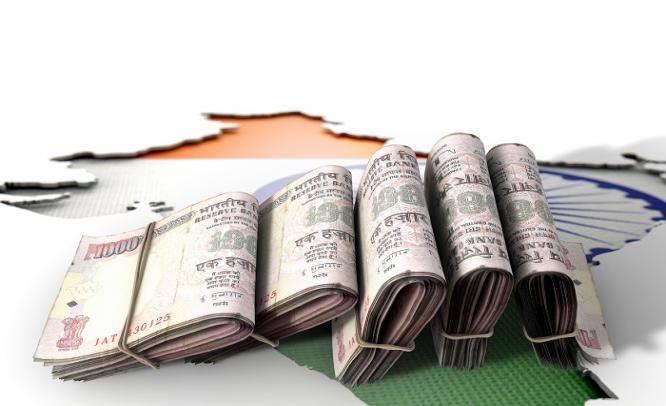But this is not the first time a country has opted for demonetisation
IFM Correspondent
November 11, 2016: In a move that came as a shock, the Indian government banned currency notes of 500 and 1000 denomination rendering them worthless at November 8 midnight. The measure was taken to control fake currency notes and unaccounted money accumulated by avoiding taxes. Another goal is to change the nature of India’s economy, which is primarily cash based.
The ban has removed 80% of the money — by value — in circulation and forced people to reduce cash transactions. The full impact of the ban will unfold in the coming days.
But this is not a unique move: many other countries have either demonetised their currency notes for various reasons.
In 1996, Australia became the first country to demonetise its currency during the process of replacing paper-based notes with ones made of polymer. When the government of Australia come to know about the counterfeit money in circulation, the central bank decided to replace the paper-based currency with polymer currency. The polymer paper currency offered better security against counterfeiting.
In 2008, Zimbabwe went through hyperinflation and consequently its currency lost value. The Reserve Bank of Zimbabwe took the bold move of abandoning the Zimbabwean dollar as the official currency. In 2015, the African nation demonetised its currency and adopted a multiple currency system. As a result, the South African rand, Botswana pula, pound sterling, Indian rupee, euro, Japanese yen, Australian dollar and the United States dollar are now used for transactions in Zimbabwe.
Pakistan has decided to demonetise its currency. The State Bank of Pakistan has announced that the old notes in circulation will cease to be legal tender with effect from December this year. The intent is to issue a new series of notes, which are of better quality.


